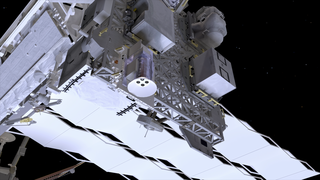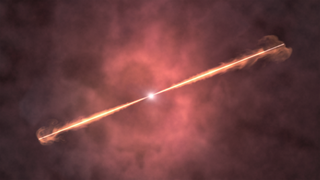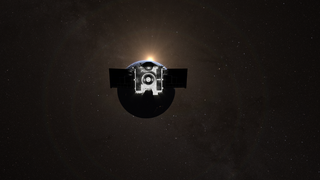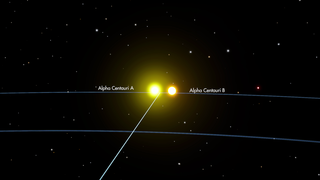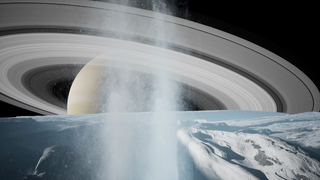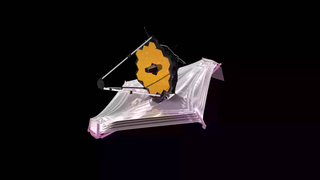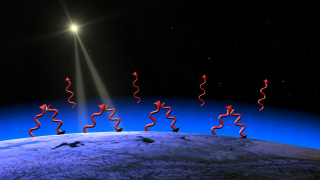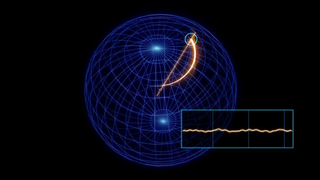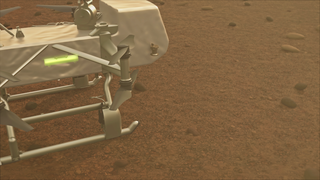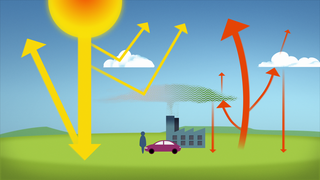January 31, 2018 — Total Lunar Eclipse viewing map
It’s the Moon’s turn to shine next week, coming on the heels of the solar eclipse last August. Serendipity strikes on Wednesday, Jan. 31 as a total lunar eclipse will happen at the same time as a supermoon and a blue Moon. This lunar trifecta is the first of its kind in 35 years and will not occur again until 2037.
People around the world will experience a bigger and brighter Moon caused by the Moon’s closest approach to Earth in its elliptical orbit. Viewers in the central and western U.S., Australia, New Zealand and Eastern Asia will get the added bonus of seeing a lunar eclipse – giving the Moon a copper glow. NASA scientists are using the lunar eclipse as an opportunity to study what happens when the Moon goes from baking in the Sun to being in the cold shadow of the Earth. A blue Moon occurs on the second full Moon of a calendar month. The chance alignment happens once in a ‘blue Moon.’
Related
Animation Credits
NASA's Goddard Space Flight Center Conceptual Image Lab
https://svs.gsfc.nasa.gov/20276
Keywords:
SVS >> Lunar Eclipse
NASA Science >> Sun
NASA Science >> Planets and Moons


